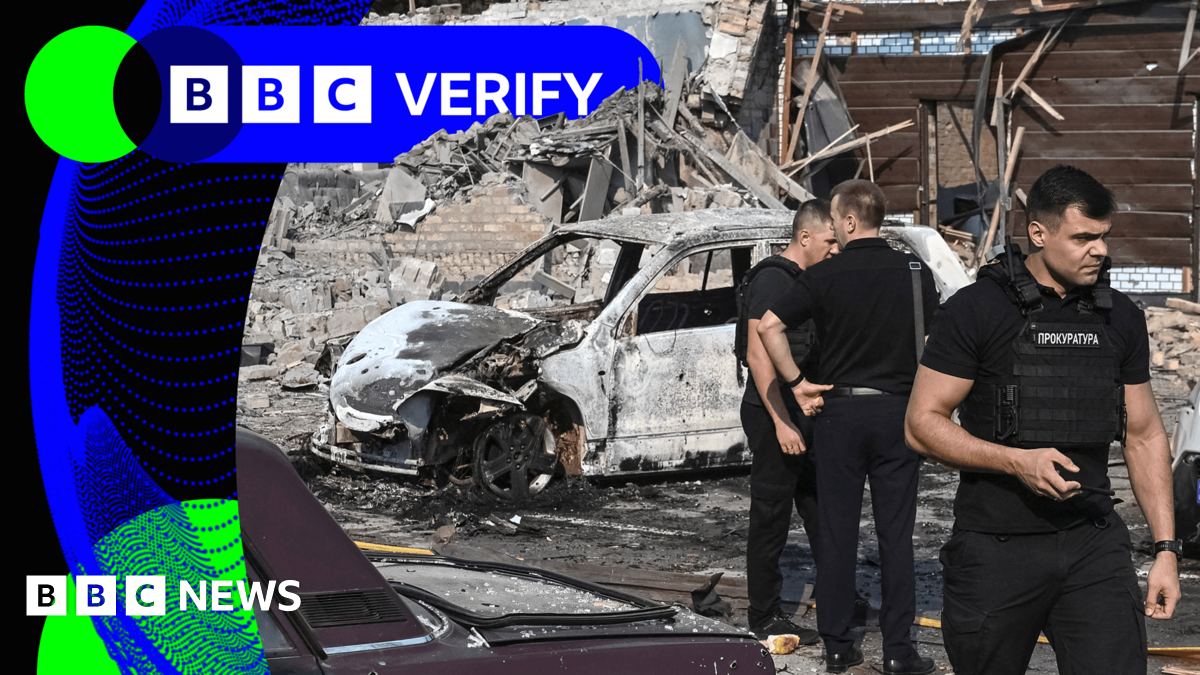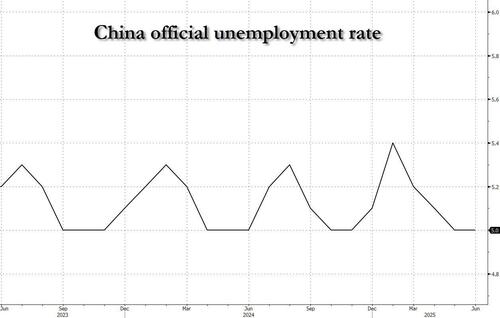(0:00 - 2:33)
We've all heard the narrative, man-made global warming is causing record numbers of forest fires, fires which burn whole towns and kill hundreds of people. Aside from the fact that man-made global warming can be easily disproven, some very strange things have been observed about these fires. Houses burned to white ash, while nearby trees remain virtually untouched.
Cars with melted auto glass and melted aluminum engine blocks, which require far higher temperatures than occur in a forest fire. Californian Robert Brame has 50 years experience as an arborist, and he has spent years now collecting information on these fires. He has a library of photographs which raise as many new questions as they answer.
Fence boards burned away where the nails are, while the rest of the board remains untouched. Homes burned to white ash, while attached wooden decks did not burn, and plastic items close to the fires which also did not burn or melt. Robert joins me today to share these images and also discuss how these fires, the first of which occurred in 2017, differ dramatically from all forest fires he has seen before in his 50-year career.
Robert, welcome to the show. Hey, how are you doing today? Very well, thank you. And I was really looking forward to this interview because I have done my own research into very suspicious data behind the forest fires, but you have much more in-depth information.
You have quite a number of images that raise real questions, and I invite you now to share those images, please. Yeah, I was going to start up here in Canada, in your neck of the woods. I could not find a whole lot of pictures of vehicles and homes.
For some reason, they're keeping those off of the internet. So some of these are the Jasper fire, and a few, I think, from your recent fires this year. But I wanted to start out with some of the materials here, what the vehicles look like in these fires.
And these fires are not Canada-specific. They are all around the world, every country, it seems like. And they're anomalies I've never seen in my whole life.
(2:34 - 4:19)
The vehicles here, the auto glass in all your vehicles start melting at 2,500 degrees to start melting, and perhaps go up to 27 or even 3,000 degrees to melt out like they are in this picture. That never happens naturally. Your wood combustion fires we know of, or forest fires, top out at 1,472 degrees.
And that's at a maximum without using any type of accelerants. Yet every vehicle I've seen in almost eight years now, every window, with no exception, has been melted out. Yes.
There's not one that has not been melted out. And that pretty much goes with the aluminum and alloy rims. Their melting point starts at 1,221 degrees at ground level.
And there's no flames under these vehicles that would warrant that kind of heat, like this one. This is cement down there. But yet I will see aluminum and alloy rims melted out and flowing 20 or 30 feet from a vehicle, whether it's on cement, tar, blacktop, or even dirt.
And there's nothing out in the field to even keep them liquefied. So that's a common occurrence that I'm seeing at every aftermath. By the way, I've been to 46 of these fire aftermaths, and between three and five of them were, I deem, normal fires, where the trees actually burned up and I could find zero anomalies.
Many of those were just cars that caught on fire and burned up grasslands next to a road. But all the rest were something much different. I've also taken 128 trips to these 46 aftermaths.
(4:19 - 5:07)
Many of them I've been there 10 times and always looking for new anomalies, more photographs to take and share with the world. I've studied the plant kingdom myself for half a century now, 50 years. I've been doing tree work for 33 years.
I was an arborist for 20 years. Now I'm not certified, but I'll always remain an arborist. And I've actually backpacked for half a century and climbed well over 100 mountains.
And I've always been analyzing plants my entire adult life, everything that grows. And in 2017, I found some photographs of Santa Rosa that made no sense to me. And I will get to that photograph later on in my presentation and I'll talk about that.
(5:07 - 6:39)
But let's stick with Canada right now. This is perhaps a year and a half or two years ago, part of the Jasper fire, where all the windows of the vehicles, they're all melted out, paint's gone, nothing left but metals that melt at a much higher temperature. But yet what I see is the trees.
I'm not sure the species of pine or larch possibly here, maybe even a fir or spruce, but they're all in the pine family and they didn't want to burn. I rarely see the trees burn unless they're close to metals or water like a river, creek, lake, spring, even swimming pools. I will see trees burned in those types of areas or right next to a home, perhaps six to 10 feet away, anything farther and the trees may be dead, but I can't say they're burned up.
So, and I'm looking at this picture you're showing right now, Robert, and as you said, you need 2,500 degrees Fahrenheit to melt the glass in those vehicles. The trees in that picture are directly behind it. Is there anything in your experience that would lead you to think that you could have that kind of heat around those vehicles and those trees, they're not, I mean, even the leaves on the branches aren't entirely burned away.
That's right. In normal forest fires, first thing that burns on any fire is the needles and then the twigs and then it works its way up to the bigger branches. And we had massive heat here everywhere, very high heat I hear.
(6:41 - 8:54)
But what I say lately is the organic matter doesn't recognize the flames. That's a subtle way of putting it. The composition of these flames is more in the microwave arena.
I do not know the exact composition of these flames, but it does not recognize the organic matter. So, I'll find this everywhere, needles unburned. Some of these needles and branches of trees hang down four feet from a vehicle, right above it.
The needles might turn brown or even black, but I can't say they burn up. And there's massive flames everywhere. I'm trying to pick out the clearer pictures.
There was a lot of blurry ones that didn't work. The same areas up in Canada in 2023. In that year, the people who did this stuff burned 43 million acres in Canada.
That's an ungodly amount of acreage. And I don't think that's ever happened before until possibly the last eight to 10 years. Yeah.
And I want to add something to that statement, Robert. And this is something some of my viewers will have seen in the past. I found information from the European Forest Fire Information Service from that year, which showed fires in Europe, in the European Union and in the US were actually slightly lower than normal that year.
In Canada, it was a hockey stick. It went through the roof. And the Liberal government was blaming it on global warming.
Global warming that apparently is only happening in Canada. Yeah. I hear of that rhetoric of global warming.
That doesn't work well for me. Not at all. I'm in the mountains all the time.
Plant life has not changed. Snow levels has not changed in 50 years. I'm still waiting for this climate change animal.
It's just a gigantic fabrication. Anyway, I'm not sure where this is exactly. Also, I will find the cars dented and squished.
And I know they're not moved around. When you move a car around, you pick it up and take it away. And I will see them all crumpled like this or even upside down.
(8:54 - 9:06)
And there's no heavy winds. I don't know what's turning these things upside down. This is the Jasper area where they burned a third of the city and the homes turned to white dust.
(9:06 - 10:43)
There's rarely any black or carbon area. And yet, what do you see? Trees everywhere. The only ones that burned were in very close proximity to houses.
And these were close together. So perhaps it was a trailer, you know, mobile home park. I see a lot of them were very close together.
That's about the only time. Well, they'll actually burn some of the trees. And I know there's the fire was everywhere in the forest back there.
I will get to other photos that are very similar. This is happening worldwide. It's in all the countries.
You see them on the Internet. Greece and Portugal, China, Australia, London, just everywhere, even the country of Chile. And right now, Europe's on fire in all the countries.
I saw on the map. More of the same. The vehicles are all melted out.
You never see dents on a roof unless it was a rollover. All these dents in places they shouldn't be. And I see this quite often, crumpled up like an aluminum can, a beer can.
I'd like your thought on this, Robert, because the one thing I can think of that would do that would be if the exterior of the vehicle became extremely hot in a very short period of time before the windows had a chance to shatter or melt. That could cause the pressure difference that might crumple the metal. There is a major stock market crash coming that will rival the crash of 1929.
(10:44 - 12:40)
There is a way to not only protect your wealth, but profit in the coming crash. The stock market chart today looks exactly like the charts prior to October 1929. Banks are disastrously over-leveraged and several major U.S. banks have already failed.
And the CDIC, the Canadian Deposit Insurance Corporation, doesn't have nearly enough money to cover depositors. If you have money in the stock market, it is time to get out. Governments and corporations around the world are buying up precious metals in record amounts because they know the coming crash will make their other assets nearly worthless.
You can buy precious metals at wholesale prices, through New World Precious Metals, at premiums substantially below other Canadian brokerages, and you can even transfer savings in your RRSP tax-free. To get more information, use the link below this video to contact New World Precious Metals. They will answer any questions you may have.
You may also wish to contact Adrian Spitters, a personal financial consultant who successfully predicted the stock market crashes of 2000 and 2008. You will find Adrian's contact information below as well. Finally, if you want more information on the to protect yourself, your family, and your assets, see my most recent quarterly update with my team of financial experts at IronWireDaily.com. By clicking the link below to contact New World Precious Metals, you will also be helping to support our efforts to bring Canadians the truth, as we are an approved affiliate partner.












.jfif)

